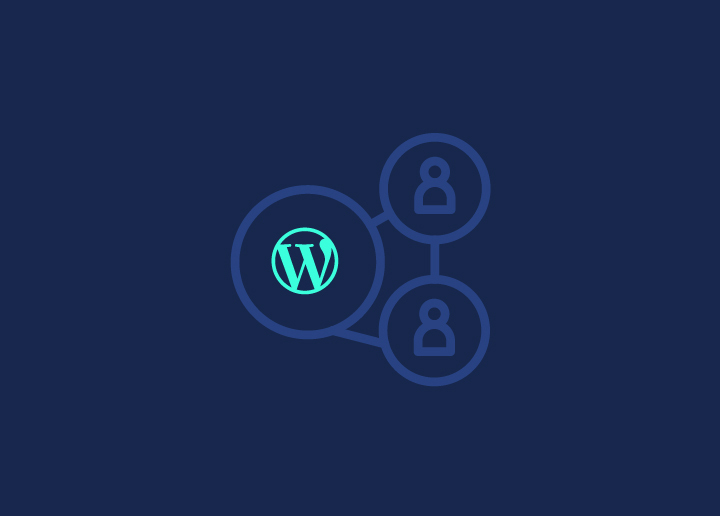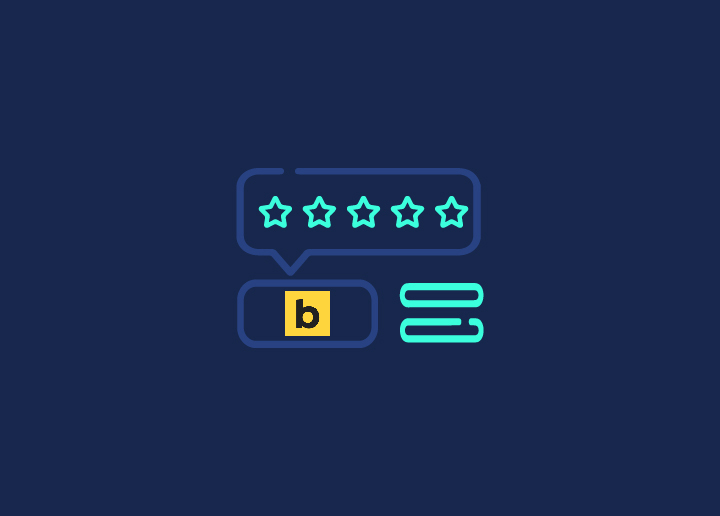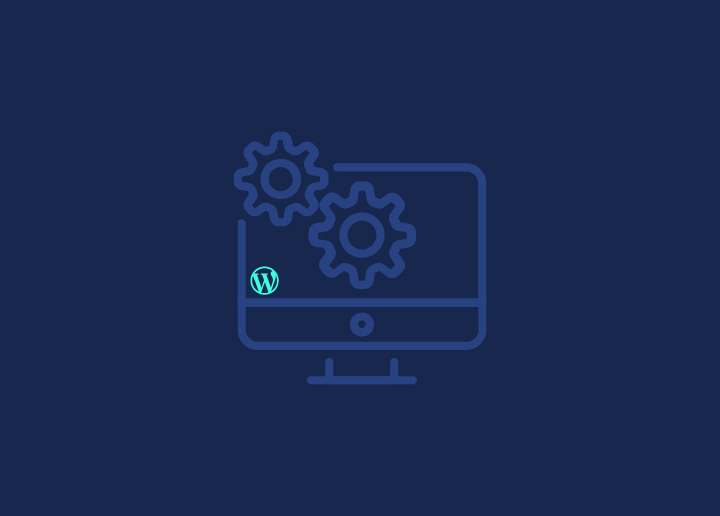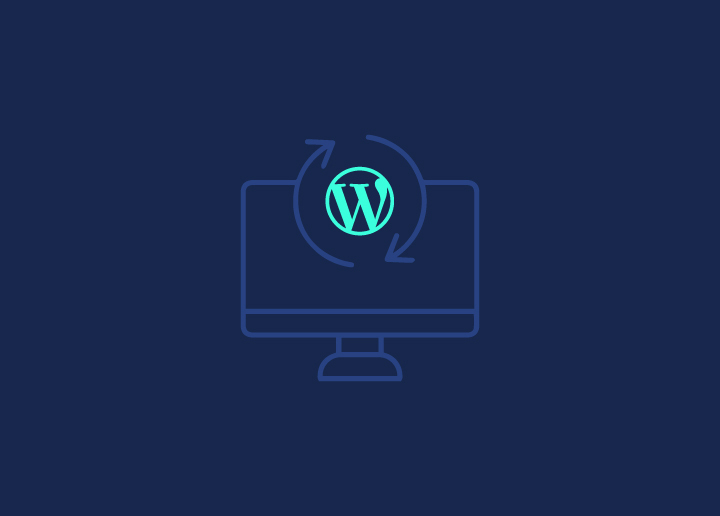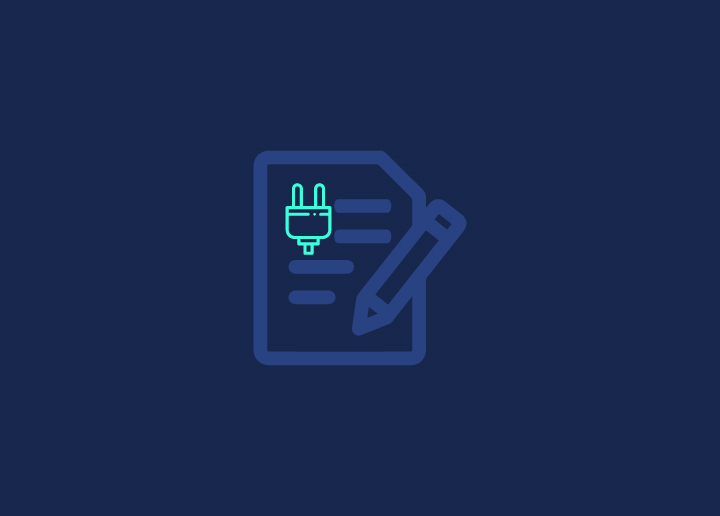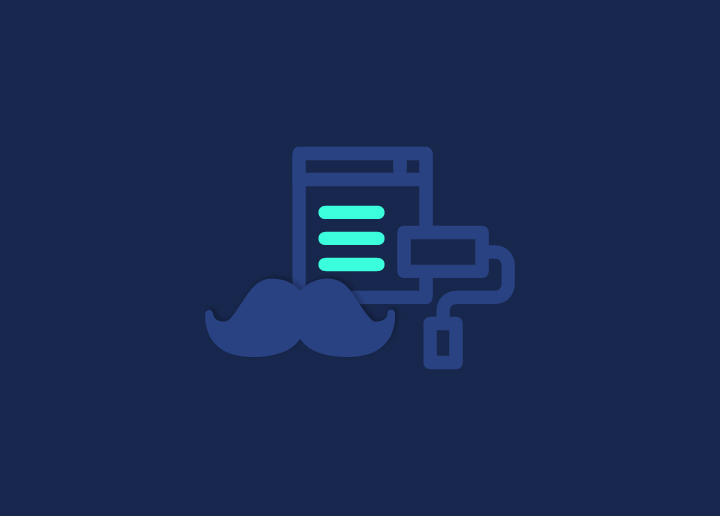Custom post types in WordPress are valuable features. They provide you with the crucial flexibility you need to develop a custom website and transform WordPress from a primary blogging platform to a content management system.
In WordPress, post types are a mechanism to categorize various content kinds. A few other post kinds are also included with WordPress.
Seven Post types are available in WordPress:
Posts
You’ll utilize the “post” post type the most with WordPress. The material in posts is dynamic and intended to be updated often. They can have categories and tags added to them, making them appear on different archive sites and your home page or blog page. Typically, most posts will be the majority of the material on your website.
Pages
The other content type you’ll be familiar with is pages. They contain information on topics that don’t change frequently. Pages are not intended to be posted on archive pages and cannot include categories or tags. Visitors will access them through your navigation menu.
Attachments
A media file that has been uploaded to your site is known as an attachment. This is the information about the media file in the WordPress database, not the media file itself. As a result, every attachment will have a unique ID and metadata that includes the file’s title, description, ALT text, and more. Whatever file you provide as a post attachment will then be accessible through the Media menu for editing and viewing.
Revisions
When you visit the relevant editing screen for any post or page on your website, open the Document tab on the right-hand side to see the changes that have been made. When you click the Revisions button, a screen displaying your article’s two most recent versions will appear. You may read the older versions of the post from this point.
Menus for navigating
Each item in your navigation menu is kept in the database as a separate item. WordPress is aware that this is a navigation menu item and knows precisely where in the navigation menu it belongs and where it connects to because of its metadata.
No navigation menu items may be changed the same way as other post kinds. You may alter them instead using the Customizer or the Menus panel.
Changesets
Revisions and changesets are similar, except changesets apply to the Customizer rather than posts. A modification you make using the Customizer will be saved as a changeset, much like a draught.
Now that we’ve covered the whole range of WordPress post types available let’s learn more about WordPress custom post types.
Useful CSS
Your work will be stored using this custom post type if you apply customized CSS using the Customizer. For each theme on your site, a new post (of the “custom CSS” post type) will be saved for custom CSS.
Head to Seahawk Media to gain more information on various topics like Post Types








